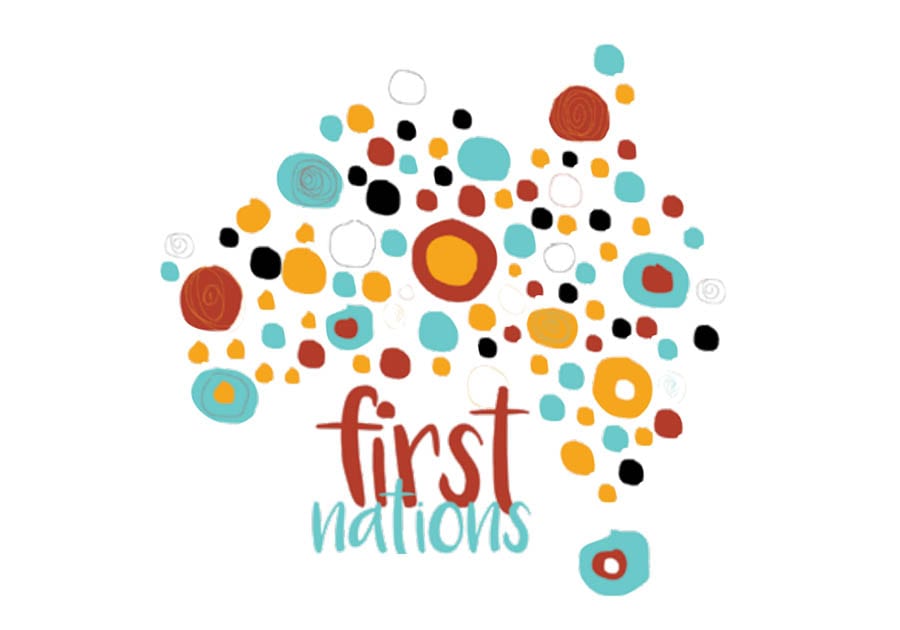Evidence of their presence can be seen in many places on Bribie Island. Large shell middens present demonstrate continual use of this coastal area over thousands of years.
Families journeyed throughout the island, staying for varying periods on the northern sections of the island and on what is now the western coastline. They favoured the northern areas close to the river with access to a wide diversity of resources—marine, estuarine, wetland and freshwater. Cypress pine forests growing there provided good protection.
As the seasons changed, family groups moved to where resources were available. When cyclones occurred, people moved away from the coast along the rivers and streams. Families took different routes along the way to gather food, fibres, medicines and raw materials for tools and utensils.
Each person had their own distinctive call by which they were recognised. People called to one another through the bush. Carved message sticks carried by a messenger and smoke signals were used to send messages to distant families
A MEETING PLACE
Pumicestone Passage’s rich seafood resources were shared with other groups of aboriginal peoples as they travelled to attend the Bonyee Bunya festival in the mountain ranges. Visiting groups camped along the old coastal dunes from Sandstone Point south to Caboolture River. A rich archaeological record of stone tools from distant regions has been found in the shell middens in these dunes.
ON THE MENU
As with high-quality restaurants today, the menu of the day consisted of foods that were seasonally available.
From extensive intertidal mudflats, people harvested oysters, cockles, mud whelks, ribbed ceriths, hairy mussels and eugaries (pipis).
On the water, fish, turtles and dugong were caught using nets and spears.
Women frequently prepared string for weaving fishing nets. Men prepared spears and boomerangs from various types of hard timbers, then ‘fired’ them to add strength. Canoes for water travel were made from Stringybark, tallowwood and other tree bark. The bark was slowly prised from the tree when the sap was running to avoid cracking and splitting from lack of moisture. It was then smoked and treated, the sides curled up and the ends sealed with clay to make it watertight. Vines were used to strengthen the canoe, and cross-pieces inserted to prevent shrinkage. Melaleuca saplings and vines were used to make rafts for travelling short distances.
Various birds and their eggs were eaten. Small groups worked together to flush quail into the open where they knocked them down with small waddies (clubs). They hunted brush turkeys and raided their nests for eggs. Small hawk-like boomerangs were thrown to frighten ducks into nets placed across lagoons. A similar method was used to capture parrots and cockatoos.
Kangaroos, wallabies and other small marsupials were hunted into mesh nets, which were about 1.2m high with 50mm to 60mm mesh.
The controlled fire was a tool used to maintain open spaces with grass regrowth, to attract marsupials for easier capture.
Flying foxes were knocked down while roosting during the day. Snakes and goannas were eaten and goanna fat was saved for skin decoration.
Bungwall fern (Blechnum indicum) from melaleuca wetlands was the staple plant food. Women and children dug up large quantities of fern rhizomes (roots) and prepared them by lightly roasting and pounding. Roasted fern was eaten with meat or fish or on its own, somewhat like bread.
Many other plants were eaten, including roots from freshwater bulrush (Typhaspp.), which were chewed raw until only the fibre remained. Yams (Dioscoria transversa) were dug from up to one metre underground and roasted. The hearts of cabbage palms were eaten raw and honey was collected from the native beehives.
When First Nation Peoples hunted here just over 200 years ago, the winter runs of sea mullet and bream were thick enough to colour the water. The catch was so plentiful that excess fish were preserved for future eating. Fish were wrapped in plant twine to keep the flies off and hung in dilly bags in the trees.
The local Aboriginal peoples understood the importance of ecological sustainability and had laws prohibiting the taking of undersized fish or animals that were breeding, rearing young or carrying eggs. A CHANGING ISLAND In the early 1860s, the traditional First Nation Peoples way of life changed forever with the arrival of pastoralists and timbergetters.
Queensland’s first Aboriginal Reserve was located on Bribie Island, near White Patch in 1877. Elderly people and those who did jobs for the settlers were given sugar and one pint (about 2 cups) of flour each day. When fish were in short supply, they were given more flour.
Later, many people were moved from their traditional land to reserves including Durundur, Monkey Bong Creek and Barambah (Cherbourg). Those that stayed on Bribie Island, found occasional work and adapted with great resilience to this radical change.
Today, many of the Aboriginal peoples living on and around Bribie Island maintain strong spiritual and cultural links with their traditional land.
